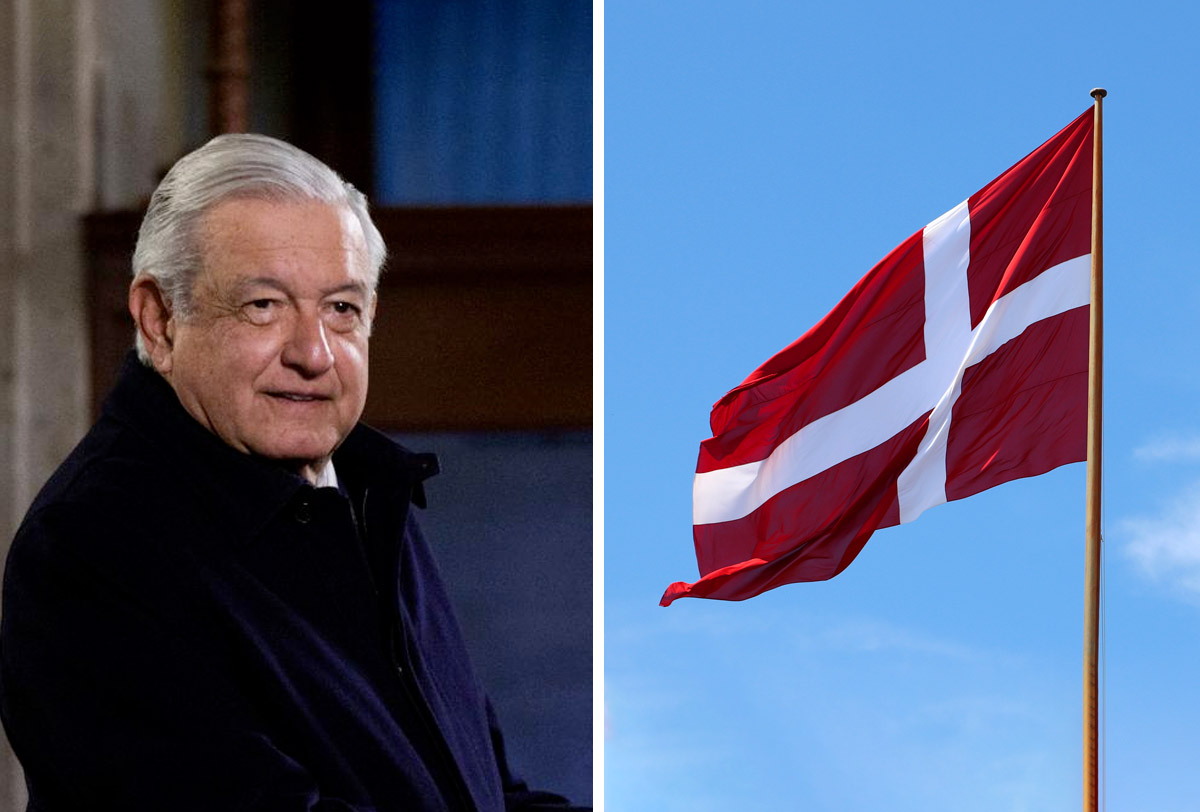Last Tuesday, President Andrés Manuel López Obrador pointed out that by 2023 there will be a public health system “at a level appropriate to the community”.
After during his reign he stated on several occasions that the country would have a “Nordic” health system, his aim was slightly changed, although “what is proper for the people” is undoubtedly an efficient system that meets the needs in the matter.
The problem is, to achieve close standards of quality in the medical services provided in the Nordic countries, more than goodwill is needed, money is needed, a lot of money, The same comes from government-oriented public resources.
If next year the country is going to have a health system at the level of “what the people deserve”, it will have to start by channeling more resources than currently considered, otherwise the goal is simple and will not be achieved.
In order not to get into a series of numbers that are simply confusing, let’s compare the percentages allocated by some of the most prominent countries to high-quality public health services.
Nordic system, first class, but expensive
The Nordic countries (Iceland, Norway, Sweden, Finland and Denmark), are undoubtedly the reference in public health services, not in vain during the first three years of the current government, they were taken as a reference and destination for our country. , although there is no minimal resemblance to the services of these countries.
But the countries involved allocate sufficient resources to finance these public health systems.
If the goal is to have a Nordic healthcare system, we should spend it as if we were Nordic.
But how much is spent by countries and some of the other countries that have the best health systems?
Mexican vs Nordic health system
Let’s first look at the case of Mexico; our country spent last year the equivalent of 5.3 percent of GDP on public health
The good news is that this percentage will increase this year, the bad news is that it will be marginal because it will only increase to 5.4 percent.
This percentage rate of GDP for public health has been almost constant for more than 20 years.
The last time there was a significant rebound was in 2001, in the neoliberal period as they are called today, at which time the rate rose from 3.8 to 5 percent, and has since remained in a very close range.
The current rate of 5.4 percent is low, very low compared to what is spent in the Nordic countries and elsewhere, on public health.
It’s no secret that the Organization for Economic Cooperation and Development (OECD) countries, with the highest levels of insurance (social security) from their population, are also the countries that spend the most money on health, including several Nordic countries.
As an example: Norway allocates 10.9 percent of GDP to this sector; Denmark spent 11.2 percent; For its part, Sweden allocates 11.9 percent of GDP.
Iceland, a small country with just under 400,000 inhabitants, understands where the keys to a world-class public health system lie and spends 9.5 percent of GDP to achieve it; English allocate practically 10 percent of GDP for the public health system.
For its part, Finland, another Nordic reference country, spends 9.8 percent of GDP on public health, and not too far away to another continent, we have the example of our trading partner, Canada, which allocates 10.7 percent of GDP to the national health system. .
In the case of Mexico, due to budget cuts, the current level of GDP allocated to the health sector has deteriorated and that’s below 6.2 percent, our historical maximum, registered in the middle of the Enrique Peña Nieto government.
good wishes
It’s not about criticizing without reason or reason, nor is it about wanting the country to do bad, it’s just applying common sense.
At the start of the six-year period, it was said that Mexico deserved and would have a health system like the Nordic countries. Today, it is said that the following year, namely in 2023, there will be a public health system at the level of “what the people deserve”.
One concept or another cannot be achieved with the current level of spending the country has on its public health system.
It has been shown for decades in the Nordic countries that achieving an efficient health system requires intense investment, the rest is wishful thinking. In 2023 we won’t have a Nordic healthcare system and the concept of “what the people deserve” is very ambiguous, but next year we will have something similar to what we see today, the level of public investment leaves no room for doubt.
For 2023, the federal government proposes spending 892 thousand 849 million pesos (mdp), 4.2% more than 2022, but clearly insufficient for the country’s needs. To gauge how small public spending on health is, next year Mexico will pay nearly one billion pesos in interest payments on its public debt. In other words, we will spend more on public debt than on health.
FURTHER NEWS:

“Internet trailblazer. Troublemaker. Passionate alcohol lover. Beer advocate. Zombie ninja.”







